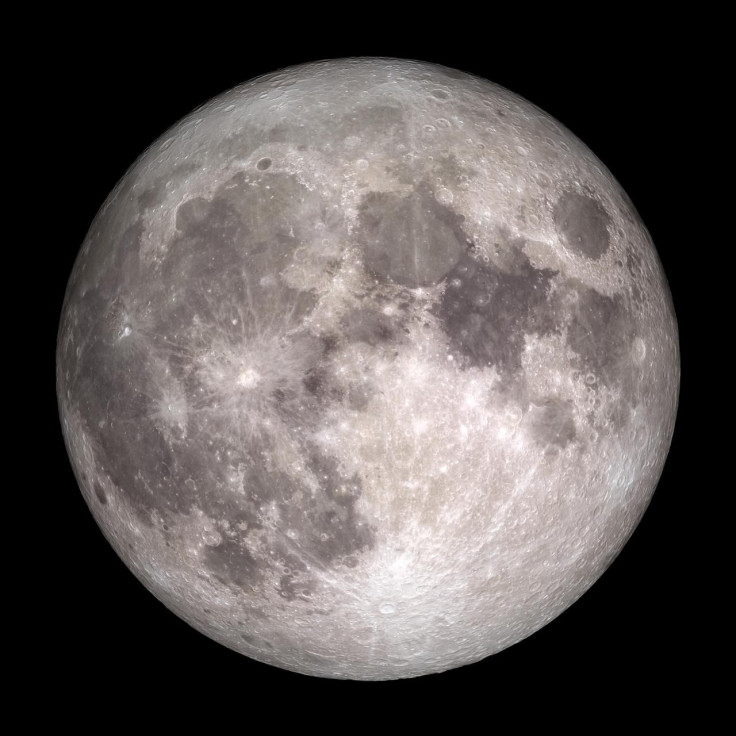January Full Moon 2020: Wolf Moon, Lunar Eclipse Happening This Week

KEY POINTS
- The Wolf Moon lunar event will happen on Friday
- The upcoming full moon will coincide with the year's first lunar eclipse
- The eclipse will only be visible from certain parts of the world
This month’s full moon, known as the Wolf Moon, will take place on Friday. It will coincide with the first lunar eclipse of the year.
The upcoming full moon will occur as the Sun and the Moon move to the opposite sides of Earth. As these three cosmic objects line up, Earth will get a glimpse of the Moon’s full view, since it rotates at the same rate as its orbit.
The lunar event is known as the Wolf Moon and dates back to the traditions of the Native American tribes during early colonial times. It was named after the behavior of wolves that often howled in order to communicate.
Aside from the full moon, a penumbral lunar eclipse will also take place on Friday. As the Moon lines up with the Earth and the Sun, it passes through the planet’s inner shadow. The light from the Sun that’s refracted through Earth causes the Moon to appear a bit reddish.
The full moon is expected to occur on Jan. 10 starting at 2:21 pm EST. As the Moon moves towards Earth's shadow, it will begin to change colors. This is expected to start at 12:07 pm EST, with the maximum eclipse happening at 2:10 pm EST, Space.com reported.
Unfortunately, due to Earth’s orientation at that time, the eclipse will not be visible from certain parts of the world. These include central Canada, Antarctica, South America and the United States. Despite this, everyone will still be able to witness the full moon.
For those in the Northern Hemisphere, the moon will appear relatively high in the sky. It will appear in the same place where the Sun would normally be during the summer months. Residents of New York City will be able to spot the full moon at a maximum altitude of 71 degrees.
Since the Southern Hemisphere is currently going through the summer season, the Moon will appear low in the sky. For those in South Africa, the full moon will reach a maximum altitude of only 32 degrees during its peak on Jan. 11.
© Copyright IBTimes 2024. All rights reserved.




















